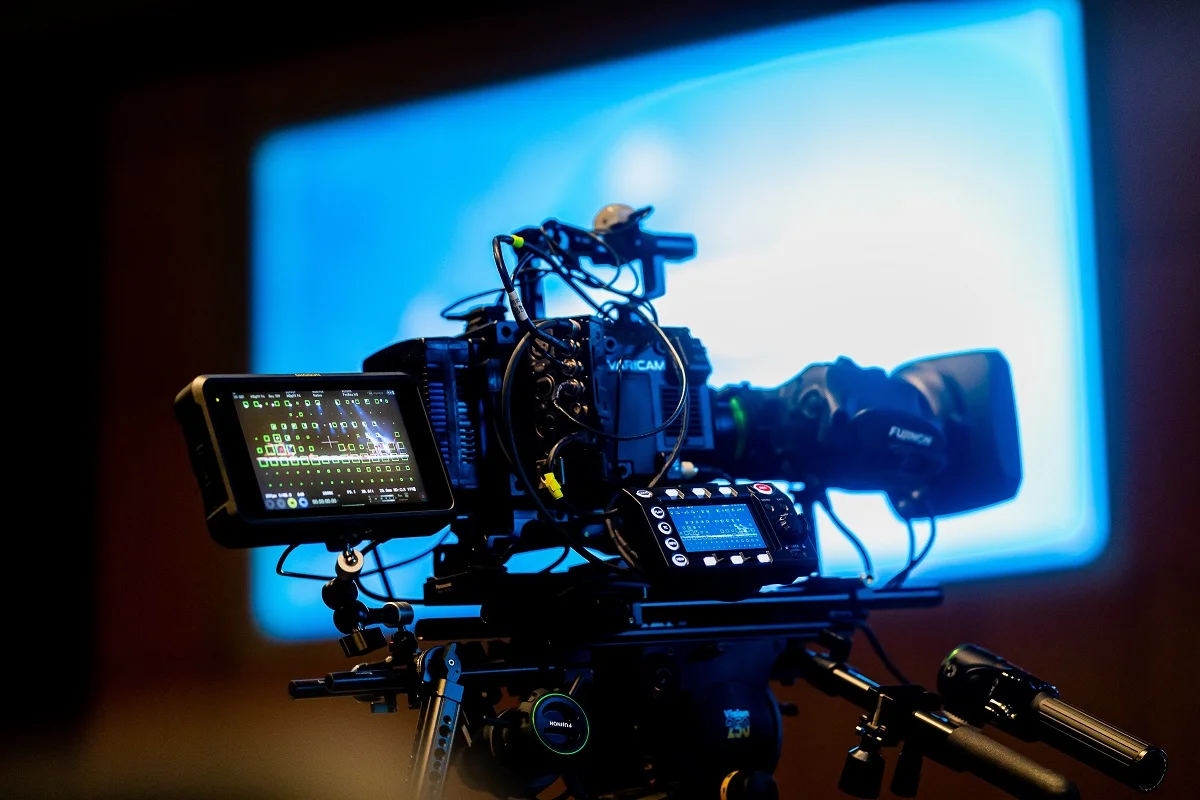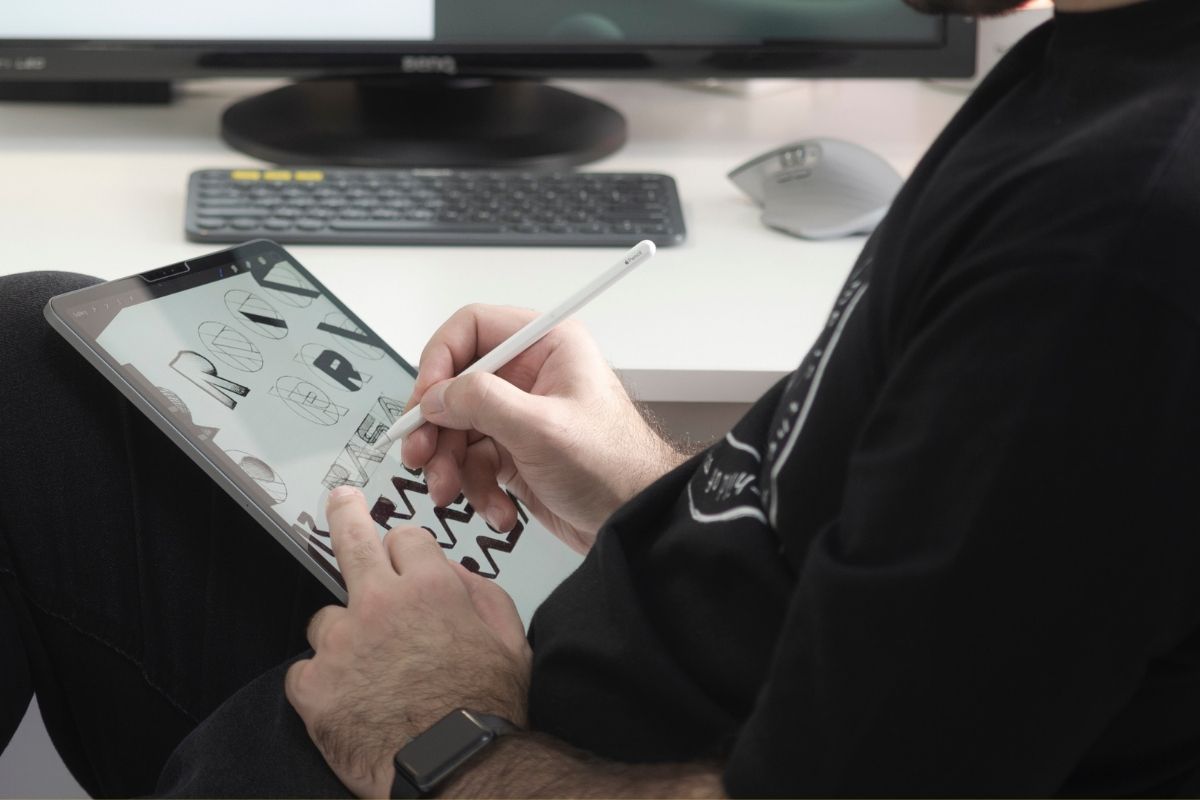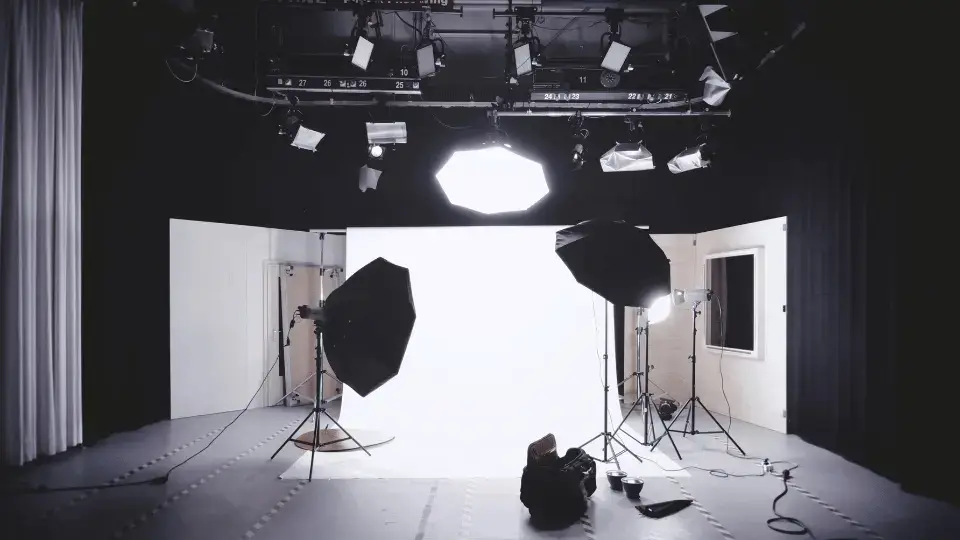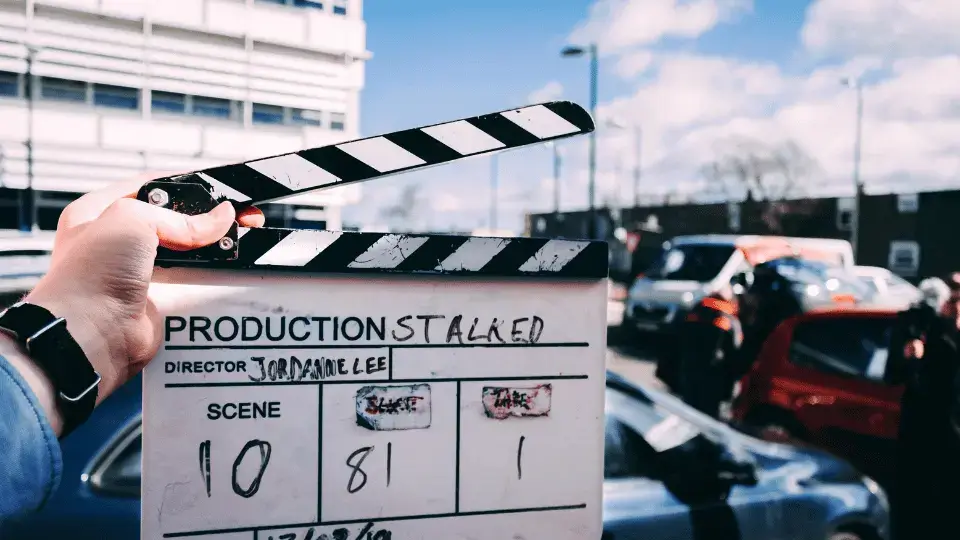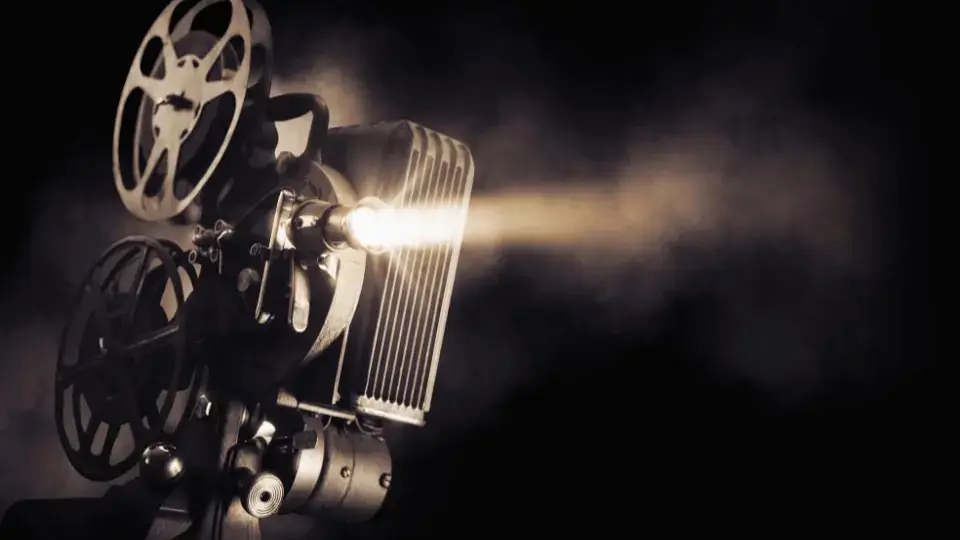Exploring the Shawshank Redemption Screenplay for Career Growth
Discover how the Shawshank Redemption screenplay can enhance your career growth. Uncover the power of storytelling, character development, and impactful dialogue in this classic film. Learn from the mastery of Frank Darabont’s screenplay to captivate and engage your audience. Explore key takeaways and find your path to success in the film and TV industry.
